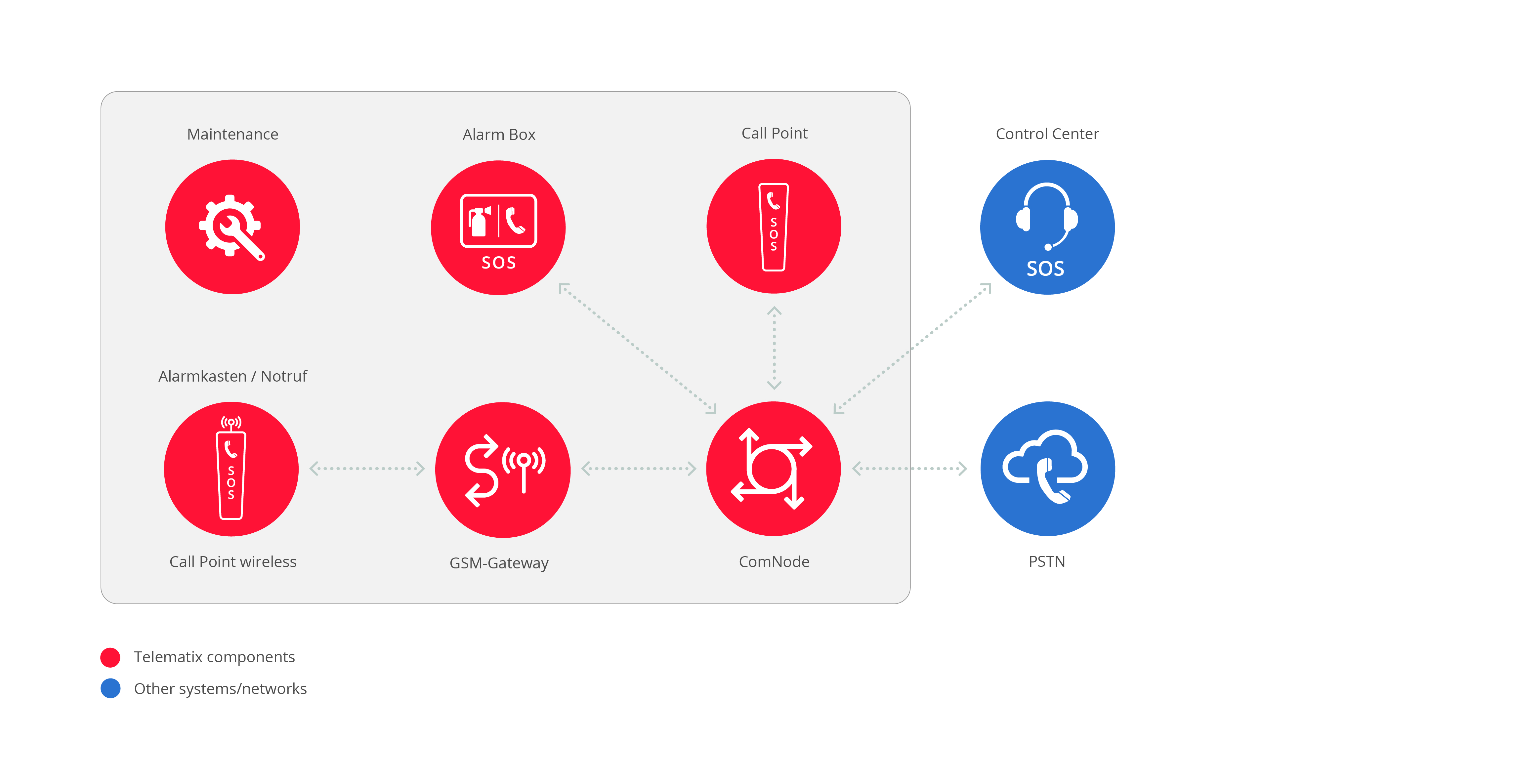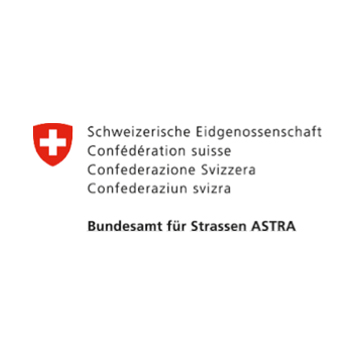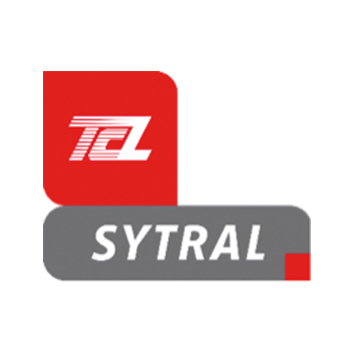NIS-R helps to save lives and disseminate information
Since the first Swiss motorway was opened on 1964, Telematix has been the supplier of emergency call systems and over the years, it has also been able to incorporate its system in the successful business of numerous rail operators, both in Switzerland and abroad.
Benefits of NIS-R
- High level of availability thanks to redundant design and high-quality components as well as self-monitoring of all system components
- Sturdy call points: Weather-proof, vandal-proof and suitable for other exposed environments, such as tunnels
- Flexible connection technologies: Our call points communicate either via Ethernet, copper or fibre-optic cables as well as GSM(-R)
- Sophisticated power supply options: The call points can be remote-fed or locally fed, depending on their type
- Easy and intuitive operation of the modern, configurable dispatcher user interface
- Highest audio quality due to the use of high-quality components and state-of-the-art technology
Customers value
- Our 50+ years of experience and expertise in the field of emergency call systems guarantee you a tailor-made solution that integrates seamlessly into the existing system landscape
- Thanks to an all-IP solution, which is highly scalable and can be designed fully redundant, the already existing IP infrastructure can be better used to capacity
- High degree of investment protection due to sophisticated migration concepts and very long product life cycles of the system components used
Optical fibre ring topology emergency call system
Our VICOS-CSL call point electronics enable you to operate emergency call points directly in a fibre optic ring. No expensive copper cables or additional network components such as media converters or switches are required to cross-link the call points.
The ring topology increases the availability as each call point is accessible from two directions. If an optical fibre is destroyed (e.g. by a fire in the tunnel), the communication to the call points behind the point of failure takes places in the opposite ring direction:
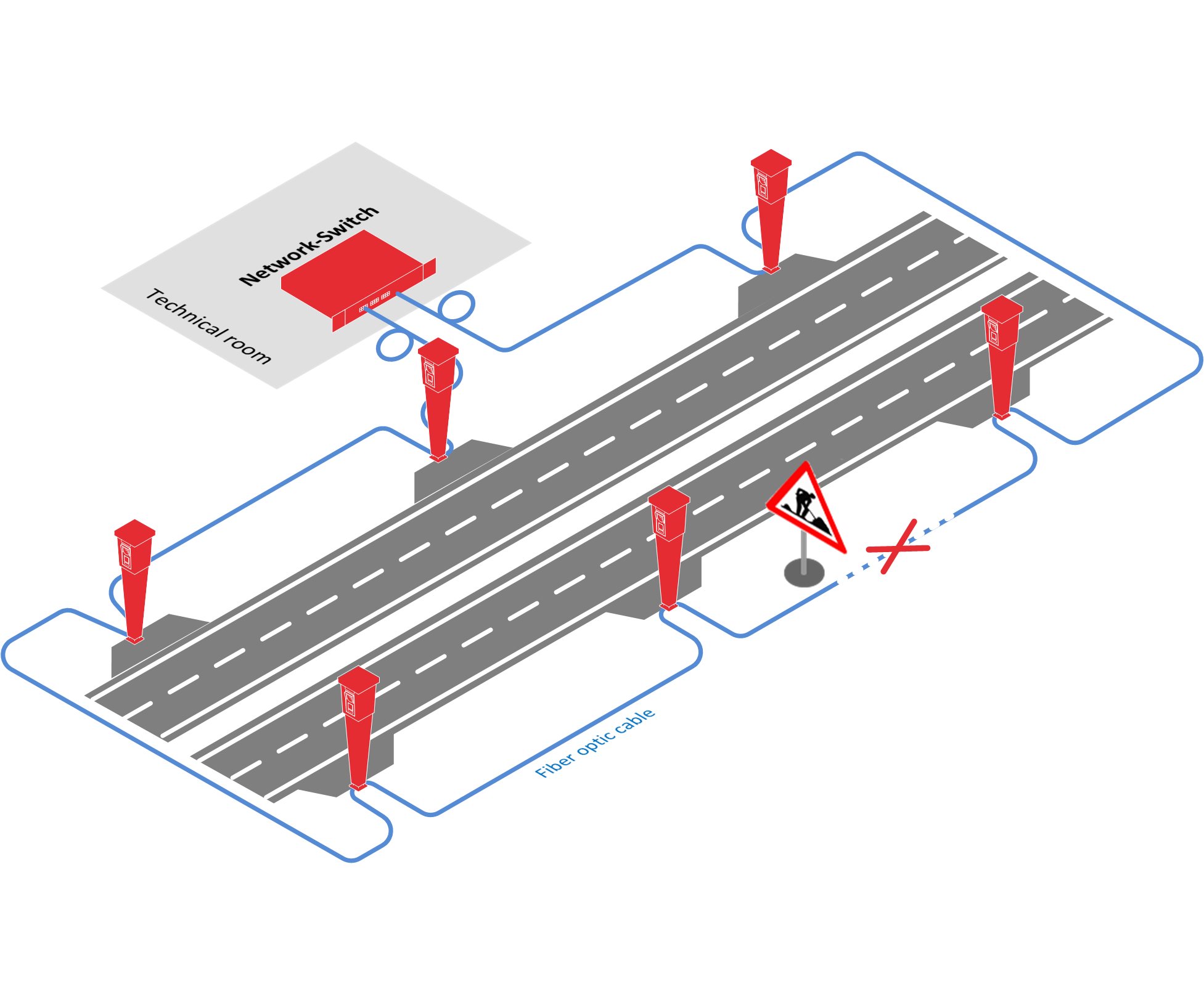
Therefore the VICOS-CSL solution is superbly suited for tunnel emergency call solutions.
In addition to the emergency call function, the VICOS-CSL call points offer the following features:
- If installed in an alarm box: Monitoring of the box door, the fire extinguisher and, for example, the fuse
- Can be supplied either as a hands-free option or with a handset
- Integrated induction loop amplifier for people with impaired hearing
- Broadband, analogue PA output
- Integrated layer 2 switch and Ethernet ports for connecting a second call point or another network device (e.g. a sensor or camera).
Modern VoIP emergency call system via two-wire copper cables
The VICOS-CSS call point electronics allow you to replace an analogue or ISDN-based emergency call system cost-effectively with a state-of-the-art VoIP emergency call system by reusing the existing copper cabling (two-wire cables). Therefore it is particularly well-suited for replacing metro emergency call solutions or in general for tunnel emergency call solutions.
As the VICOS-CSS has two DSL ports, this call point type can also be used to implement ring topologies. The first call point in any line can be remote-fed from the SHDSL-GW.
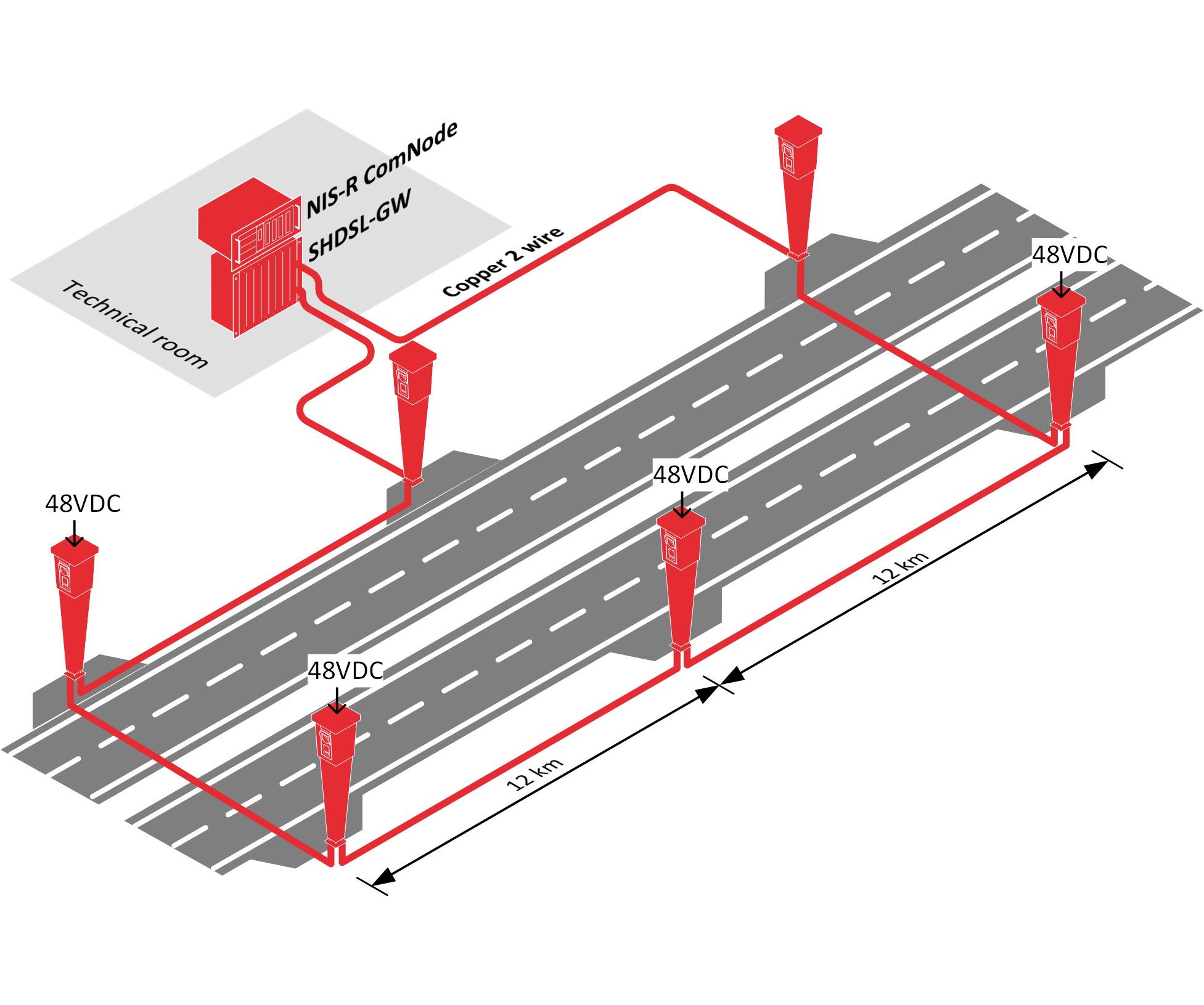
The VICOS-CSS can also be operated in a star network. This topology does not require a local power supply as the call points are connected directly to the SHDSL-GW and can therefore be remote-fed.
In addition to the emergency call function, the VICOS-CSS call points offer the following features:
- If installed in an alarm box: Monitoring of the box door, the fire extinguisher and, for example, the fuse
- Can be supplied either as a hands-free option or with a handset
- Integrated induction loop amplifier for people with impaired hearing
- Ethernet port for connecting another network device
Modern VoIP emergency call system via LAN
If you want to use an existing data network (LAN/WAN) for your emergency call system, the VICOS-CSA call point electronics are perfect for you.
The VICOS-CSA offers a standard Ethernet port (10/100Base-T), as well as optionally/alternatively an optical LC port (100Base-FX) for a direct fibre optic cable connection.
Various power supply options enable you to operate the VICOS-CSA in a customised manner:
- Remote power supply via Ethernet (PoE PD)
- Local power supply (48 VDC)
- Power supply via a solar panel
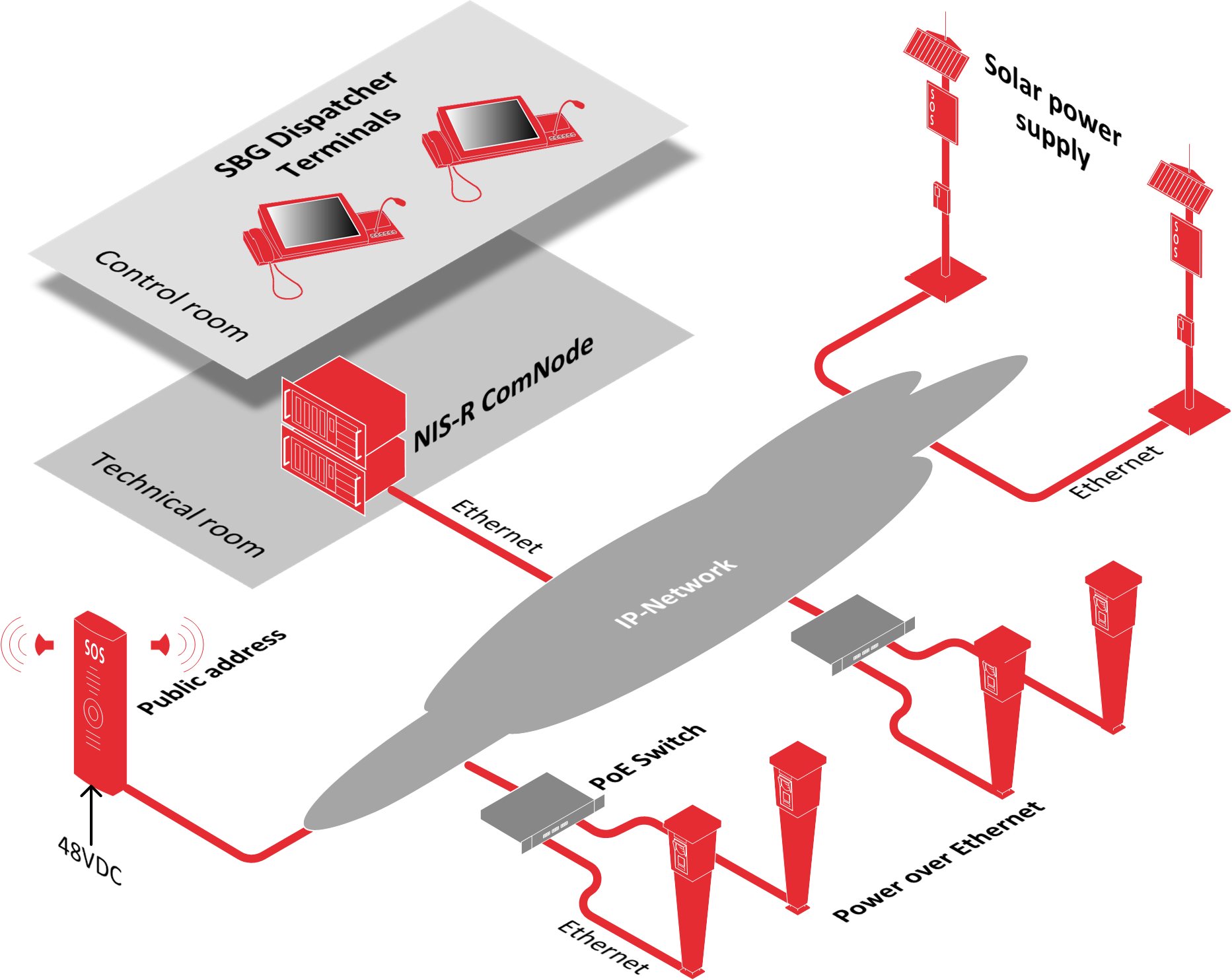
In addition to the emergency call function, the VICOS-CSA call points offer the following features:
- If installed in an alarm box: Monitoring of the box door, the fire extinguisher and, for example, the fuse
- Can be supplied either as a hands-free option or with a handset
- Integrated induction loop amplifier for people with impaired hearing
- Separately accessible, electrically isolated PA output (second canal) for making broadband announcements PA system
Wireless emergency call solution with solar power supply
Our WAM-GSX call point is a completely autonomous emergency call solution for communication via an existing mobile network (GSM/UMTS/LTE or GSM-R). Power to the call points is supplied via solar panels and batteries. This solution completely does away with expensive cabling of the call points.
In order to further increase the availability of the call station, a second SIM card can be inserted. This way, two independent mobile networks can be used.
At the control centre, emergency calls can be received either directly via our GSM gateway (air interface) or alternatively via a landline (PSTN gateway).
A GSM gateway may contain up to four 4 GSM modules and, accordingly, put through up to four calls at the same time.
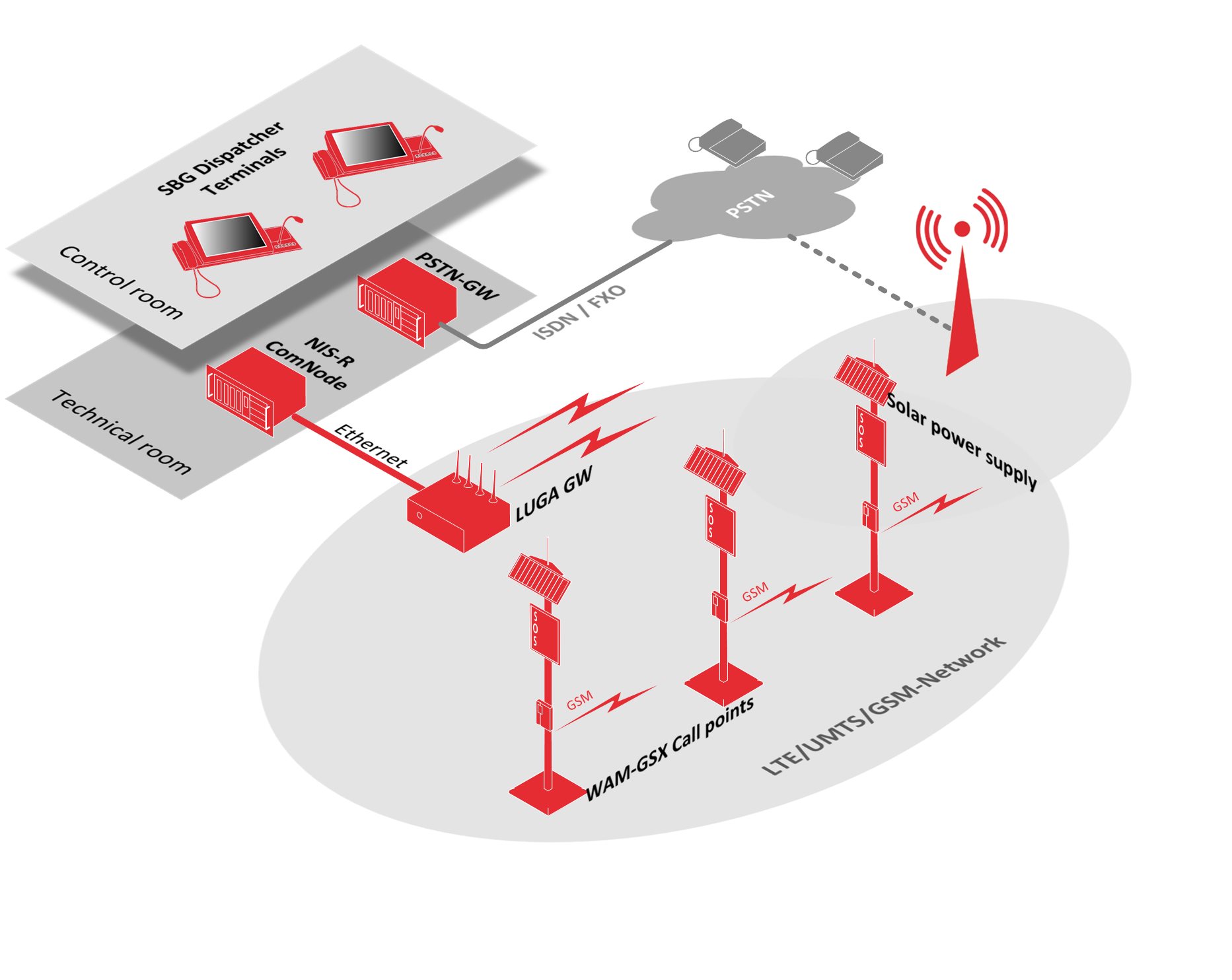
The housing of the WAM-GSX call point is vandal-proof and an alarm is triggered if the housing is opened or the solar panel removed. In addition, the call points are equipped with a motion sensor that also triggers an alarm if the call point is moved or knocked over.
This GSM-based emergency call solution is suitable for all locations where fixed cabling is not possible or uneconomical (e.g. on a motorway, in a railway station, on campus, in public areas, in remote/ undeveloped places, etc.).
This solution is also optimal for situations where an emergency call facility is required only temporarily (construction sites, major events, provisional solutions).
Tunnel incident radio announcements, specific information for motorists
Thanks to Telematix’s tunnel radio announcement solution, a control centre can selectively inform motorists in a specific location (tunnel) of events or hazards via their car radio.
It can be run either as an extension to the NIS-R emergency call system or based on the PASys system. In the case of an extension to NIS-R, the ComNode of the emergency call system is also used as an audio server for recording and playing voice messages.
An MGV4000 gateway is used as the gateway to the tunnel system, converting the digital VoIP voice signal into an analogue audio signal.
The fed in audio signal is broadcast into the tunnel by the tunnel radio system via VHF and DAB+ frequencies and received by the car radios of the motorists in the tunnel.
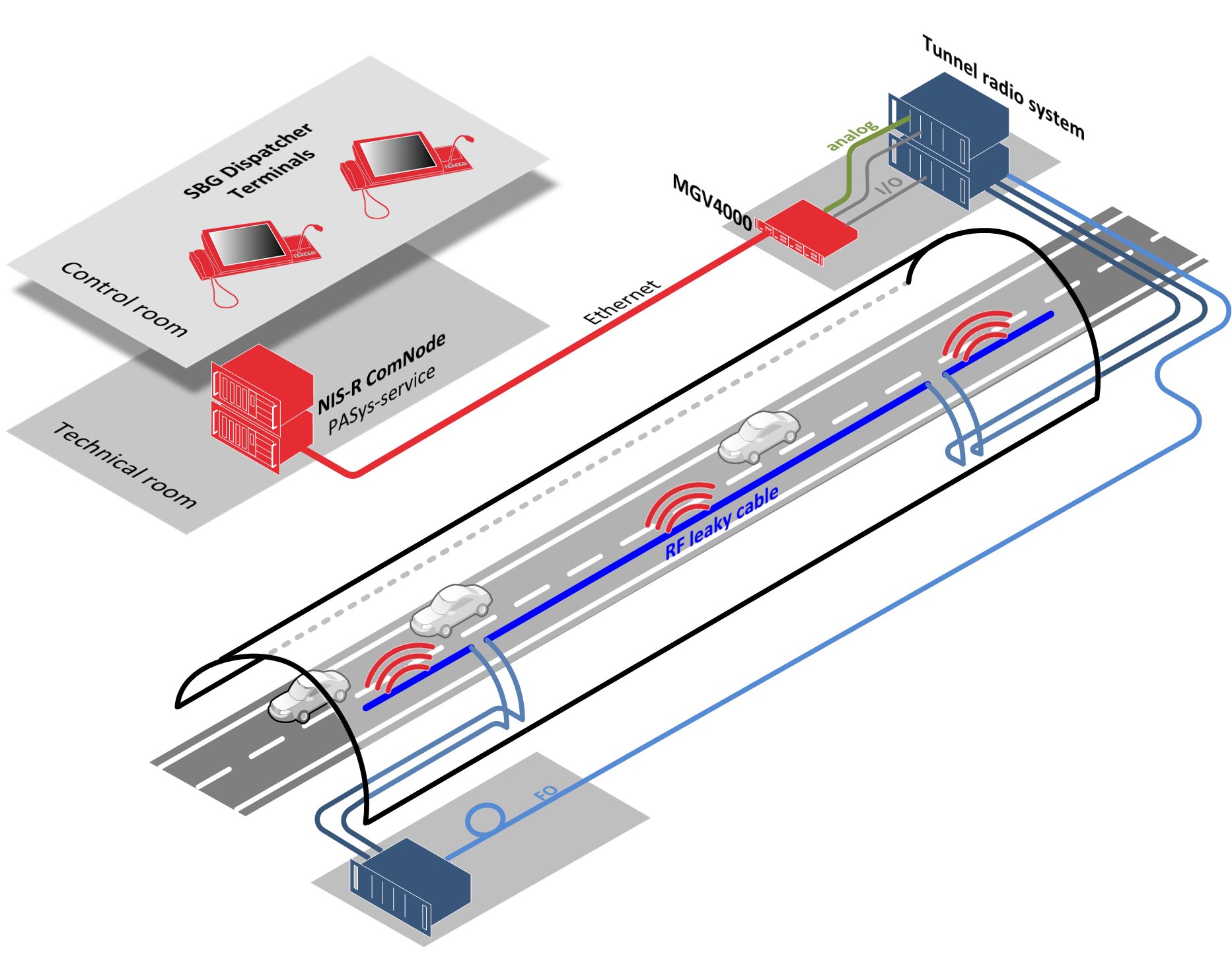
Tunnel incident radio announcements offer the following features:
- Zone pre-selection for announcements broadcast only to specific zones (individual tunnels or sections)
- Automatic, repeated transmission of audio messages to defined zones
- Live announcements in selected zones
- Recording of voice announcements to be played automatically at a later stage
References




